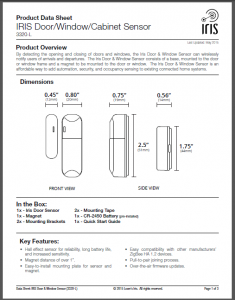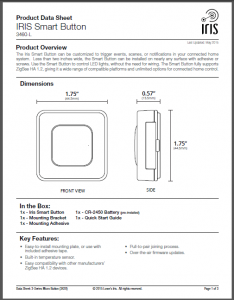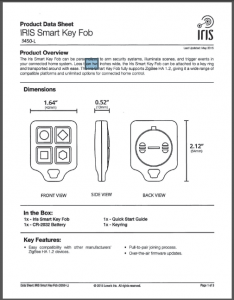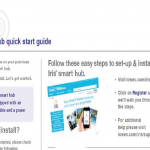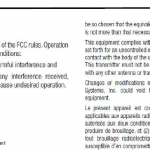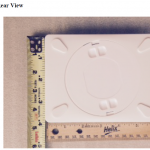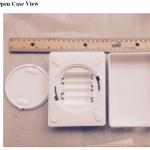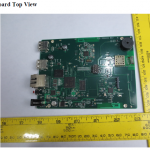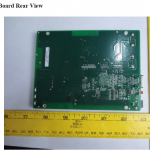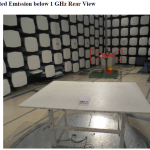A new Iris Contact Sensor is coming! Last week we dug through a pile of recently filed FCC documents revealing some insight into what lies ahead for Lowe’s Iris. What we did not report at the time was the discovery of a new Iris Contact Sensor is being developed to replace the current contact sensor.
Iris Contact Sensor – Hardware
This new contact sensor is reported to be a little smaller in size compared to the current device; the transmitter measures in at 0.8″ wide x 2.50″ tall x 0.75″ thick while the magnet comes in at 0.45″ wide x 1.75″ tall x 0.56″ thick. This revised contact sensor will be powered by a single CR-2450 lithium coin battery with an estimated life of 2 years. One detail not clear is that unlike the existing sensor, the document does not specify if the revised model retains the temperature sensor.
The package will include the Iris Contact Sensor with pre-installed CR-2450 battery, magnet assembly, 2 pieces of mounting adhesive, and User Guide.
Iris Contact Sensor – Features
As with the other newly discovered devices the new contact sensor has a feature referred to as Pull-to-Pair, where removing a plastic tab from the battery compartment is all that is required to complete the initial setup and pairing.
Another interesting change spotted in the documentation is the use of a Hall Effect Sensor as a replacement to the reed switch used in the current contact sensor. This is a significant design change that eliminates the use of moving parts which is important for long term reliability.
No word yet on when this will be released, however it may be some time while existing stock is closed out.
